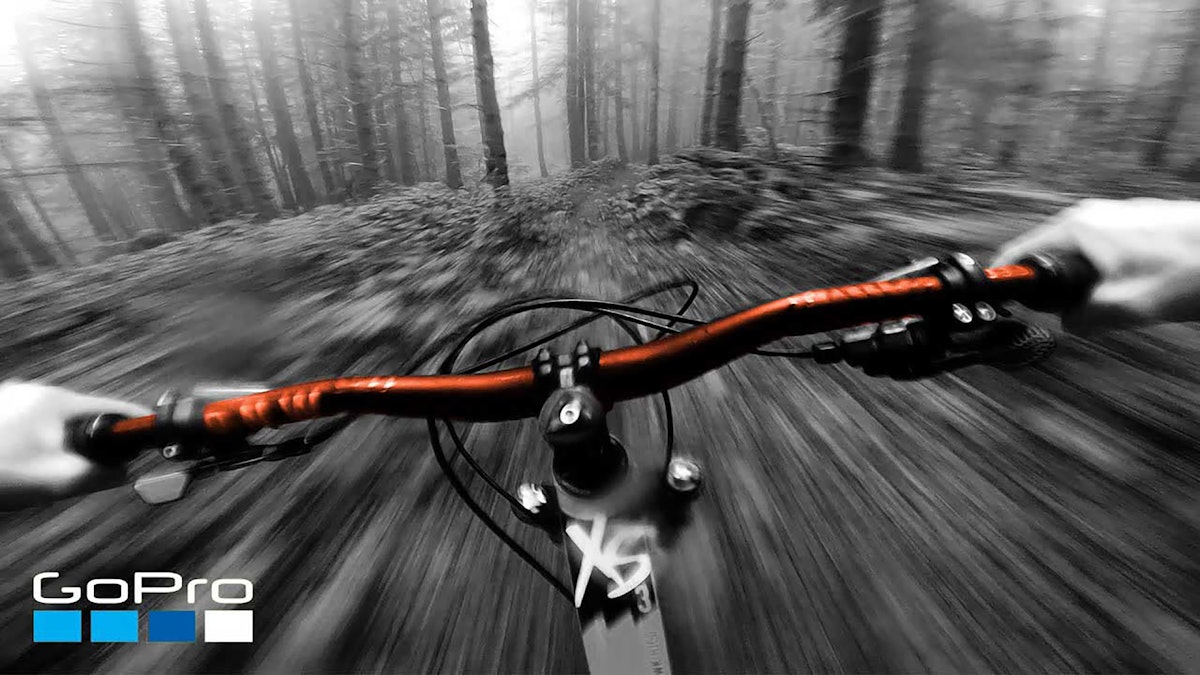Table of contents
Browse categories
Browse authors
 AB
ABAlberto Boffi
 AL
ALAlessia Longo
 AH
AHAl Hoge
 AB
ABAljaž Blažun
 BJ
BJBernard Jerman
 BČ
BČBojan Čontala
 CF
CFCarsten Frederiksen
 CS
CSCarsten Stjernfelt
 DC
DCDaniel Colmenares
 DF
DFDino Florjančič
 EB
EBEmanuele Burgognoni
 EK
EKEva Kalšek
 FB
FBFranck Beranger
 GR
GRGabriele Ribichini
Glacier Chen
 GS
GSGrant Maloy Smith
 HB
HBHelmut Behmüller
 IB
IBIza Burnik
 JO
JOJaka Ogorevc
 JR
JRJake Rosenthal
 JS
JSJernej Sirk
 JM
JMJohn Miller
 KM
KMKarla Yera Morales
 KD
KDKayla Day
 KS
KSKonrad Schweiger
Leslie Wang
 LS
LSLoïc Siret
 LJ
LJLuka Jerman
 MB
MBMarco Behmer
 MR
MRMarco Ribichini
 ML
MLMatic Lebar
 MS
MSMatjaž Strniša
 ME
MEMatthew Engquist
 ME
MEMichael Elmerick
 NP
NPNicolas Phan
 OM
OMOwen Maginity
 PF
PFPatrick Fu
 PR
PRPrimož Rome
 RM
RMRok Mesar
 RS
RSRupert Schwarz
 SA
SASamuele Ardizio
 SK
SKSimon Kodrič
 SG
SGSøren Linnet Gjelstrup
 TH
THThorsten Hartleb
 TV
TVTirin Varghese
 UK
UKUrban Kuhar
Valentino Pagliara
 VS
VSVid Selič
 WK
WKWill Kooiker
GoPro Camera and GNSS Data Acquisition Synchronized on a Mountain Bike

Carsten Frederiksen && Nina Kovač
December 18, 2025
Mountain biking as a sport has developed pretty fast in the last few years. Probably you already ride a 29’, 27’’, or…? Well, all this mountain bike riding has required close analysis of the bikes by performing a range of different tests and measurements. All to optimize durability and performance, make them more responsive, and easier to ride, and of course in the end, faster.
We have used the Dewesoft DS-IMU1 GNSS inertial measurement device and a GoPro camera to make dynamic measurements of the mountain bike performance. Dynamic, that’s exactly what mountain biking is.

Standing upright on the bike - full speed through tough terrain! Mountain and cross country full suspension bikes are built for off-road speed riding. They are heavier and harder to pedal than common road bikes, but they can travel easily on almost any surface. The frameset has to be durable, strong, and stiff, but also light. This is achieved by combining different materials - carbon fiber, titanium, aluminum, or steel - and frame shapes.
To design the best bike frame, or combine the right bike components and reach the optimum riding experience test and measurement are needed - and this requires an analysis based on a range of perfectly synchronized high-quality data.
We have tested three different approaches to integrate GNSS measurement and HD video recording in such measurement.
We used GoPro Hero cameras with GPS reception to make some nice video clips - but first of all to check its compatibility with DewesoftX for measurement purposes. There is a big demand from the market for using GoPro cameras for measurement purposes due to the video stabilization and all-around performance (good battery life, 4k video, video stabilization, different shooting modes). So we tested the camera in three different setup configurations.
The challenge – GoPro camera video acquisition
GoPro video integration with DewesoftX software
GoPro cameras offer high-quality stabilized videos that can be extremely useful during testing and measurements. The price to feature ratio is really favorable - why not use them for dynamic measurement purposes as well?
GoPro cameras can be integrated into DewesoftX in three different ways:
WIFI Streaming
A USB cable connection to a PC
Post-synchronization of video and data
In our testing, all three integration approaches were evaluated with the current DewesoftX software, and the different possible solutions will be presented here.
Though the DS-IMU1 device is relatively easy to install on a vehicle, however, it’s a somewhat bigger challenge to install it on a mountain bike, where the mountain bike rider needs to have space for movement and agility.
The device was therefore installed on the frame top tube of the bike while the connected PC had to be placed inside the riders’ backpack. Because of the great forces impacting the bike during the ride, acceleration sensors can quickly exceed their 16g range, so it is suggested to use a rubber or foam medium between the frame and the GNSS device.
Measurement setup
Measurements were done on a mountain bike, where the DS-IMU1 was placed on the frame of the bike and connected to the PC that was inside a rider’s backpack.
A GoPro camera was mounted on the handlebar. Three different runs were made relating to the three different ways of integrating of the GoPro camera recordings into the DewesoftX.
Data acquisition equipment used
Data acquisition system:
GoPro Hero 9 Action Camera
DS-IMU1 inertial measurement unit and GNSS receiver with GPS/GLONASS support and RTK, 3-axis accelerometer, gyroscope, and magnetometer
PC computer
Software
DewesoftX data acquisition software
Setup schematics
The system was configured in two ways depending on the GoPro setup - GoPro standalone without cable connection and GoPro with cable connection. The GPS synchronization was extracted from the DS-IMU1 device. The GoPro camera has the option to enable GPS post-synchronization.
The three different configurations of GoPro camera recording were tested:
Streaming - GoPro video can only be streamed to a PC via the GoPro webcam software, and the GoPro stream is then received in DewesoftX as a DirectX camera.
Cable connection – the GoPro camera is connected to the PC with a cable and is recognized by the computer via the GoPro webcam software and integrated with DewesoftX as a DirectX solution.
Video and data post-synchronization – the GoPro camera is recording its data as a standalone device unrelatedly to the measurement data acquisition. All the video data is compressed and stored on the Micro SD card of the GoPro. At the analysis stage, the video and GoPro measurement data are post-synchronized and imported into the DewesoftX software.
Data analysis
The measurement screen below shows the riding track with velocity coloring plotted, and the extracted IMU data of our interest:
Roll (deg),
pitch (deg),
heading (deg), and
total velocity (km/h).
The different parameters in combination show the exact movements of the bike in specific track areas. Then, the measurements of the bike behavior can be compared and the performance on the track optimized for example with different bike setup, track line selection, or component selection.
The GPS tracking can be section-triggered as well, which gives a preview or enables detailed analysis of only dedicated areas of interest – for example, the roll of multiple runs in one particular section - such as one critical turn - can be compared.
We extracted the GoPro video from the camera SD and post-synchronized it in DewesoftX. A DewesoftX Map widget is added to the display (on the right side of the screen) representing the biker’s riding path. A velocity color scale is applied as a representation of the riding dynamics.
Any other measurement parameters and data from DS-IMU1 devices not displayed are saved in the DewesoftX data file and are at any time available for further analysis, calculations, or even simulations.
Conclusion
With all the GPS, IMU, and gyroscope data from the DS-IMU1 device, a detailed analysis of bike riding and even the impact of the bike components on riding style can be made.
The Dewesoft DS-IMU1 devices with their 16g range are ideal for such high-dynamic measurements due to their size. Basically, they can be mounted anywhere. Having a KRYPTON CPU data processing computer and data logger mounted directly on the bike frame would make the measurement ride even more optimal for the rider, as he wouldn’t need to carry a backpack.
Besides the DS-IMU1 device, it is possible to add different other sensors of choice, such as strain gage sensors on the bike frame to measure strain for later frame optimization, or even measure the fork travel at the same time. DewesoftX and Dewesoft DAQ in combination are flexible and synchronously measure whatever.
The GoPro integration showed very nice results only in post-synchronization. Video recordings were perfectly synchronized with the data and retained the GoPro camera’s original quality and stabilization.
Options with a third-party GoPro webcam software as a medium between DewesoftX and GoPro camera did not deliver the best results. The cabled connection and GoPro streaming turned out to lack in quality and stabilization and were hampered by streaming delays.
The GoPro Webcam software that serves as the bridge between the camera and DewesoftX seems not yet to be optimized to the level that it can be used for dynamic measurements.